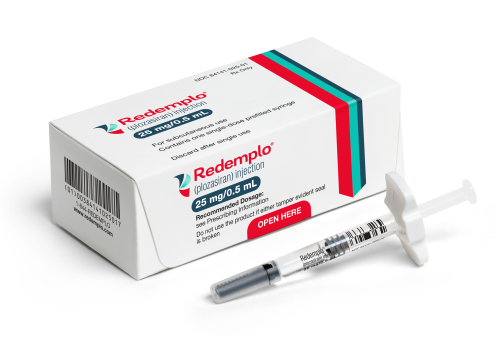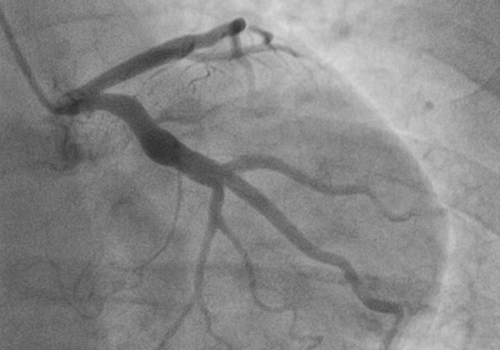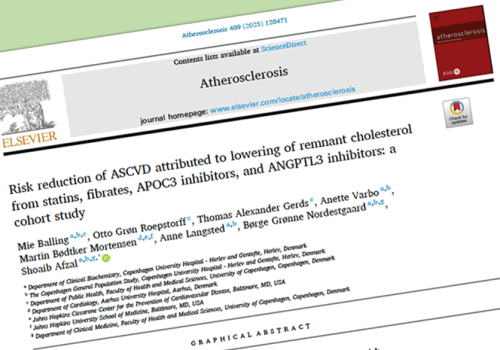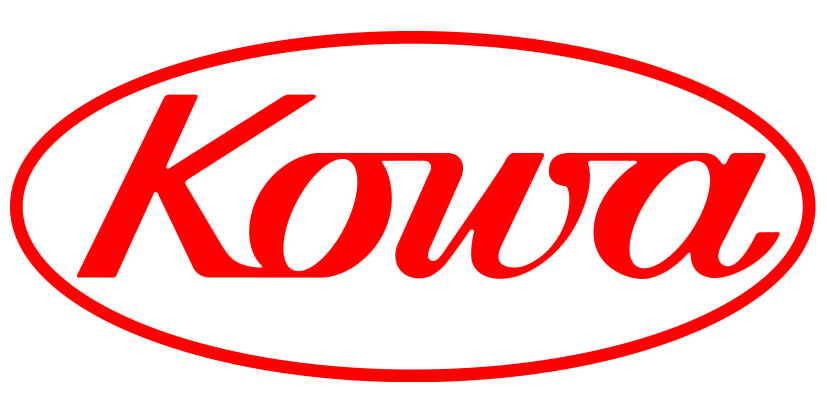
Premature babies receiving TG containing nutrition in neonatal intensive care units (NICU) need individualised TG monitoring, according to researchers who compared TG levels in neonates stratified by gestational age (GA), birth weight (BW), and growth restriction status.
From 2018 to 2021, 427 infants born at <32 weeks GA or with BW <1,500 gm were included in the study, and plasma TG levels were measured 24 hours after a mixed lipid emulsion (MLE) containing medium chain TG was given (2 gm/kg/day or 3 gm/kg/day).
TG levels were significantly higher in neonates with GA <28 weeks, BW <1,000 grams, and those who were small for GA (SGA), with broad distribution of TG levels. Logistic regression analysis confirmed SGA and BW as significant independent predictors of hypertriglyceridaemia after MLE (most commonly soybean, medium chain TG, olive, and fish oils [SMOF]) at 2 gm/kg/day and 3 gm/kg/day, respectively.
The authors pointed out that MLE, most commonly SMOF, has replaced soybean-based lipid emulsions in many NICU, and few studies had reported the TG trajectory in neonates receiving MLE. They concluded that their results emphasised the importance of TG monitoring for neonates with GA <28 weeks, BW <1,000 grams, and SGA and that it was advisable to individualise TG monitoring for infants with GA >28 weeks, BW >1,000 grams, and non-SGA status. Prospective studies with larger sample sizes are needed to validate their findings, they added.
Reference
Balasundaram P, Lucena MH, Morgan-Joseph MH et al. Unveiling triglyceride levels in preterm neonates: a study to guide targeted monitoring. Minerva Pediatr (Torino). 2023 Dec 21. Online ahead of print.







